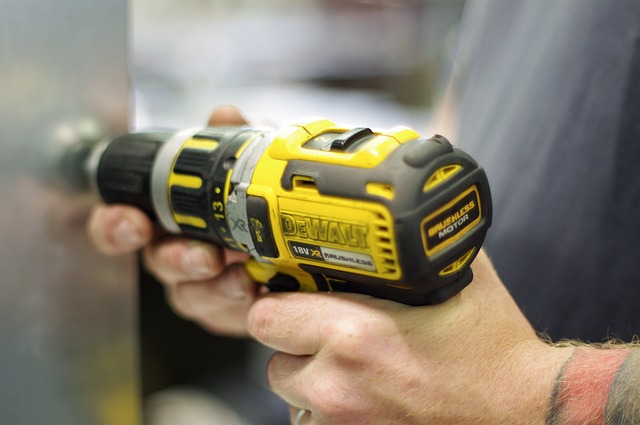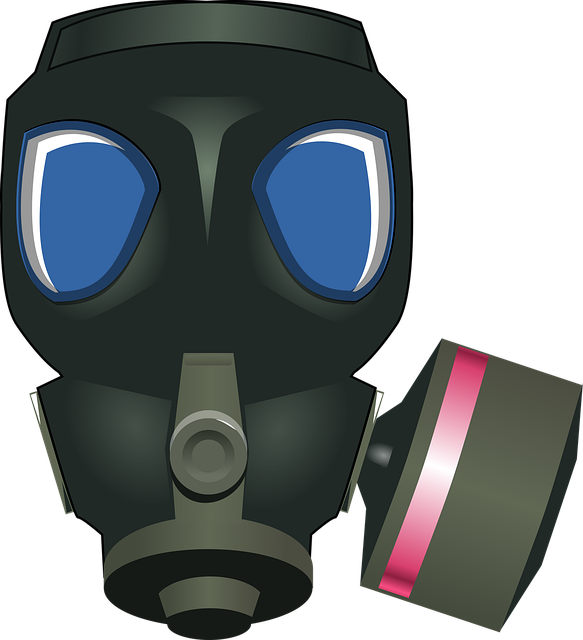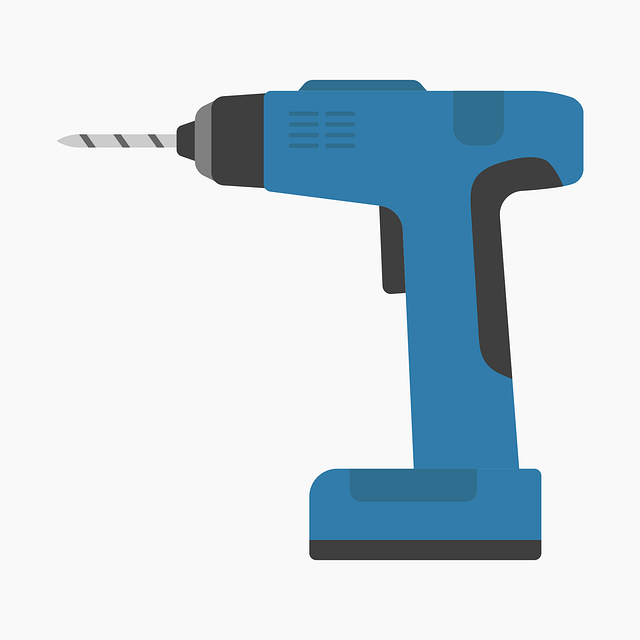Hazmat valve training equipment, like the tanker dome clamp practice prop with dome lid, is crucial for safely handling hazardous materials. Specialized gear replicates pressurized container mechanics, allowing hands-on experience without risk. Regular training ensures quick, secure management of toxic, flammable, or corrosive substances, minimizing leaks and explosions. Realistic practice props enhance skills, fostering readiness in emergency situations involving hazmat.
In the dynamic field of hazardous materials (Hazmat) management, proper valve training is paramount. This article explores a critical component of Hazmat handling: the tanker dome clamp and dome lid system. We’ll delve into the significance of this equipment in ensuring safe operations, especially during emergencies. Understanding how clamps function and practicing with realistic props, like the dome lid prop, enhances preparedness. Through practical simulations, we uncover innovative ways to optimize Hazmat valve training, ultimately safeguarding personnel and the environment.
- Understanding Hazmat Valve Training Equipment
- Dome Lid: A Key Component in Tanker Safety
- The Role of Clamps in Emergency Situations
- Practicing Response with Realistic Props
- Enhancing Training: Dome Clamp Simulation
Understanding Hazmat Valve Training Equipment

Hazmat valve training equipment, such as the tanker dome clamp practice prop with dome lid, plays a crucial role in preparing professionals for real-world hazardous material (hazmat) handling scenarios. This specialized gear replicates the precise mechanics and conditions encountered when working with pressurized containers, allowing trainees to gain hands-on experience without risking safety or environmental harm.
Understanding how to operate these valves effectively is paramount for those in industries that deal with toxic, flammable, or corrosive substances. Regular training ensures workers are adept at quickly and safely securing or releasing hazardous materials, minimizing the risk of leaks, explosions, or other catastrophic events. By utilizing realistic practice props, professionals can hone their skills, ensuring they’re ready to respond effectively in emergency situations involving hazmat.
Dome Lid: A Key Component in Tanker Safety

The dome lid, a seemingly simple component, plays a pivotal role in ensuring the safety of tanker operations. It acts as a critical seal for hazardous materials (hazmat) tanks, preventing any unwanted leakage or dispersion of volatile substances. In the realm of hazmat valve training equipment, mastering the use and maintenance of these dome clamps is essential.
Proper dome lid management is a game-changer in mitigating risks associated with transporting and storing dangerous goods. With regular practice using specialized props like the dome clamp prop, personnel can enhance their skills in securing and handling dome lids efficiently. This hands-on approach to hazmat valve training ensures that every step, from installation to tightening, is executed flawlessly, contributing to a safer work environment and minimizing potential hazards.
The Role of Clamps in Emergency Situations

In emergency situations, especially when dealing with hazardous materials (hazmat), the role of clamps cannot be overstated. Clamps, such as those used in tanker dome clamp practice prop with dome lid training equipment, serve as critical tools for securing and controlling valves, ensuring the safe containment and management of potentially dangerous substances. Hazmat valve training equipment plays a pivotal part in preparing responders to handle crises effectively, allowing them to practice sealing and isolating valves under controlled conditions.
These clamps are designed to provide a secure, tight seal on dome lids, preventing any leaks or spills that could exacerbate an already volatile situation. The proficiency gained through using specialized hazmat valve training equipment enhances the readiness of emergency responders, enabling them to act swiftly and confidently in high-pressure scenarios. This not only minimizes risks to personnel but also protects the surrounding environment from potential hazards.
Practicing Response with Realistic Props

In the realm of hazardous material (hazmat) handling, practical exercises with authentic props are invaluable for preparing responders to real-world scenarios. One such innovative tool is the tanker dome clamp practice prop, complete with a dome lid. This realistic simulation allows professionals to hone their skills in securing and managing tank valves, a critical aspect of hazmat valve training equipment. By engaging with this specialized equipment, first responders gain hands-on experience, enhancing their ability to react swiftly and effectively during emergency situations involving hazardous substances.
The tanker dome clamp prop provides an immersive training environment, mirroring the challenges and intricacies of working with large tanks and their intricate valve systems. This practical approach ensures that when faced with a real crisis, responders are well-prepared, enabling them to quickly assess, operate, and manage hazardous materials valves, ultimately mitigating potential risks and saving lives.
Enhancing Training: Dome Clamp Simulation

In the realm of hazardous materials (hazmat) handling, proper training is paramount. One innovative tool revolutionizing hazmat valve training equipment is the dome clamp simulation. This practice prop mimics real-world scenarios, allowing trainees to gain hands-on experience with dome lids and clamps in a controlled environment. By utilizing this realistic simulator, individuals can learn and refine their skills, ensuring they’re prepared for any unexpected challenges when dealing with critical valves and containers.
The dome clamp simulation offers an immersive training experience by replicating the physical demands and mental focus required during hazardous operations. Trainees can practice opening and closing valves, securing dome lids, and managing clamps, all while receiving immediate feedback on their performance. This dynamic approach to hazmat valve training enhances learning outcomes, improves retention of critical procedures, and instills confidence in individuals responsible for maintaining safety protocols in high-risk environments.














